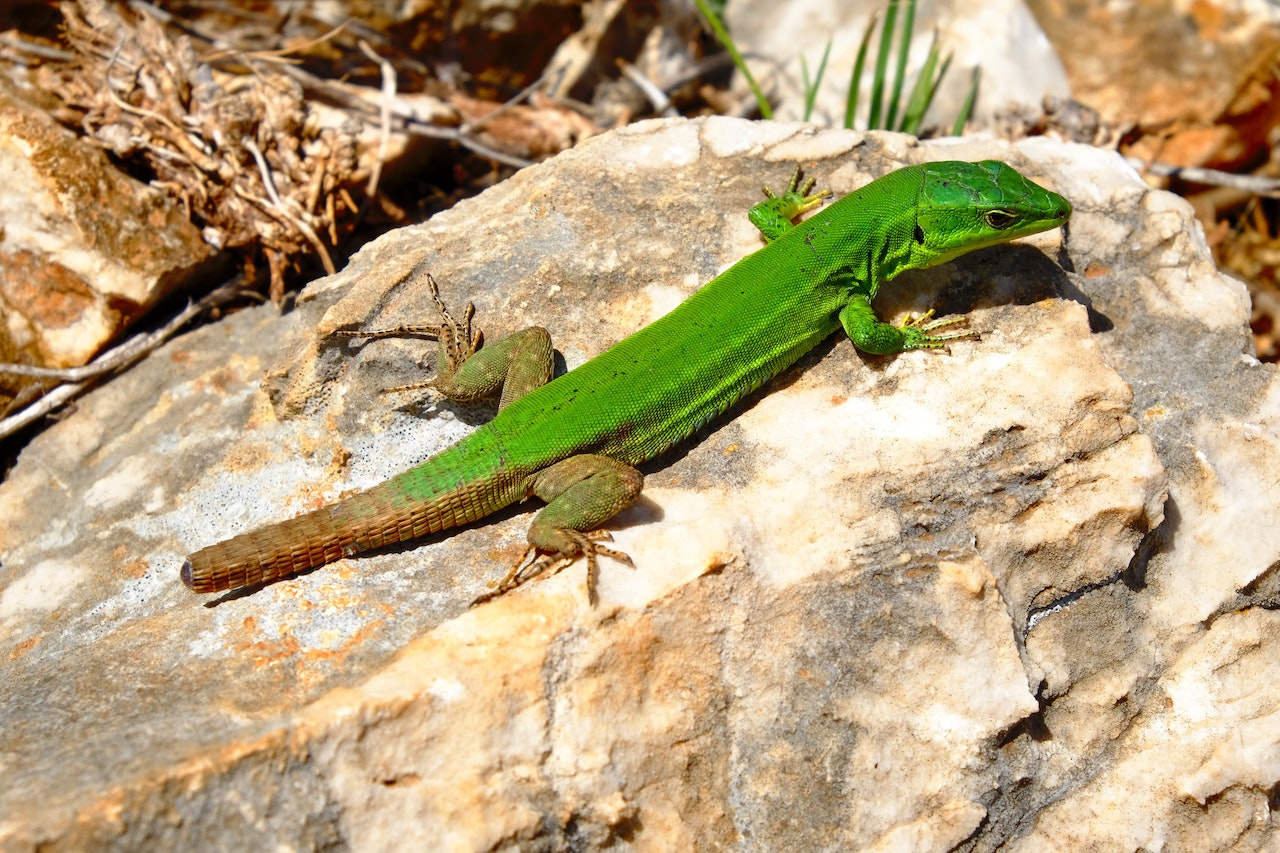Hawaii, with its stunning landscapes and pristine beaches, is often seen as a paradise. Yet, like any other place on Earth, it’s home to a few creatures that can pose risks to humans. While encounters with these animals are rare and can often be avoided with caution, it’s essential to be informed. Here’s a list of the top 10 dangerous animals in Hawaii one might come across in the islands.
At A Glance
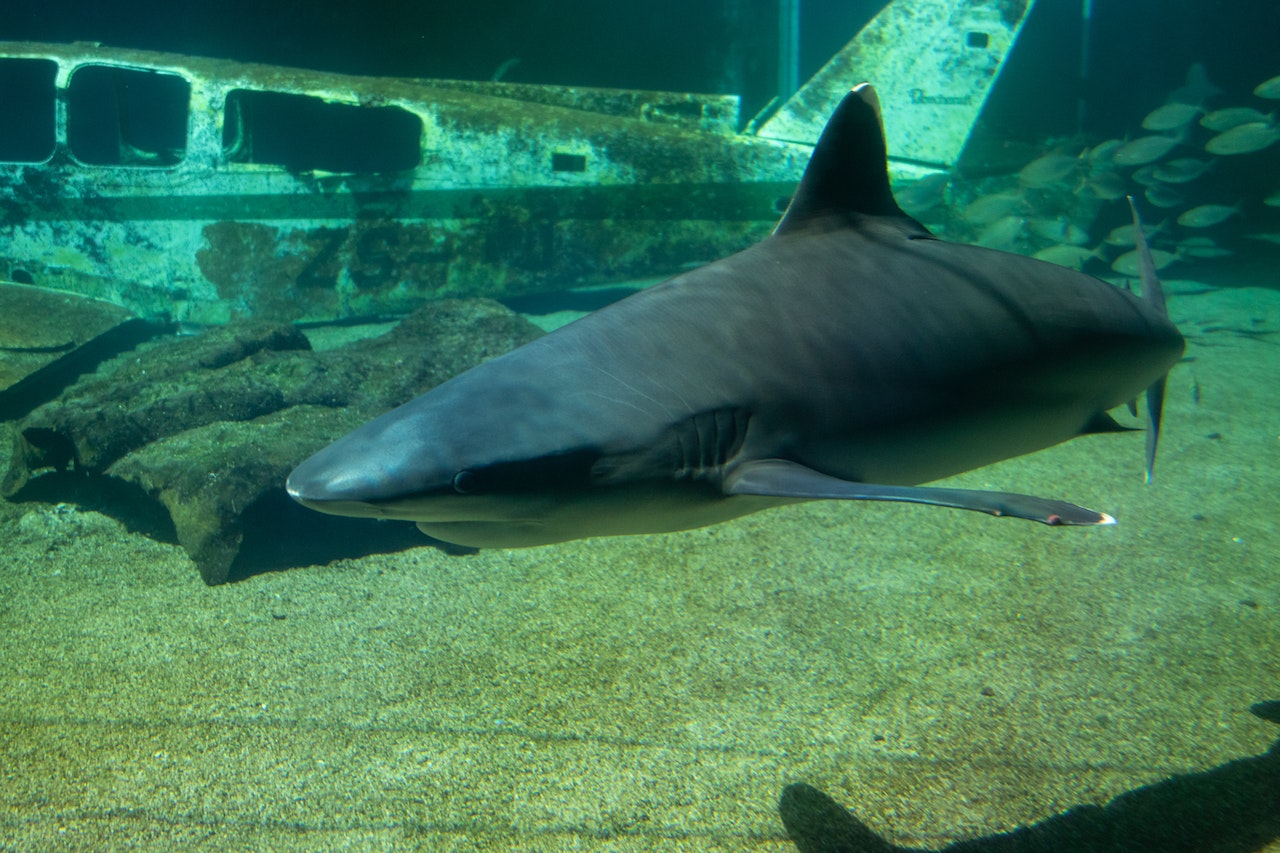
Tiger Shark
1. Tiger Shark: Recognized as one of the most formidable predators in the ocean, Tiger Sharks have a reputation for their aggressive nature. These apex predators are distinct with their dark stripes on their backs, reminiscent of a tiger’s pattern, especially noticeable in younger sharks. In Hawaiian waters, they are known to frequent shallow reefs, harbors, and canals, often venturing closer to shore than other shark species. This behavior puts them in close proximity to swimmers and surfers, leading to occasional encounters. Historically, local cultures respect the Tiger Shark, considering it a guardian spirit or ‘aumakua’. However, their unpredictable behavior warrants caution, making it essential for beachgoers to be aware of their presence, especially in areas known for sightings.
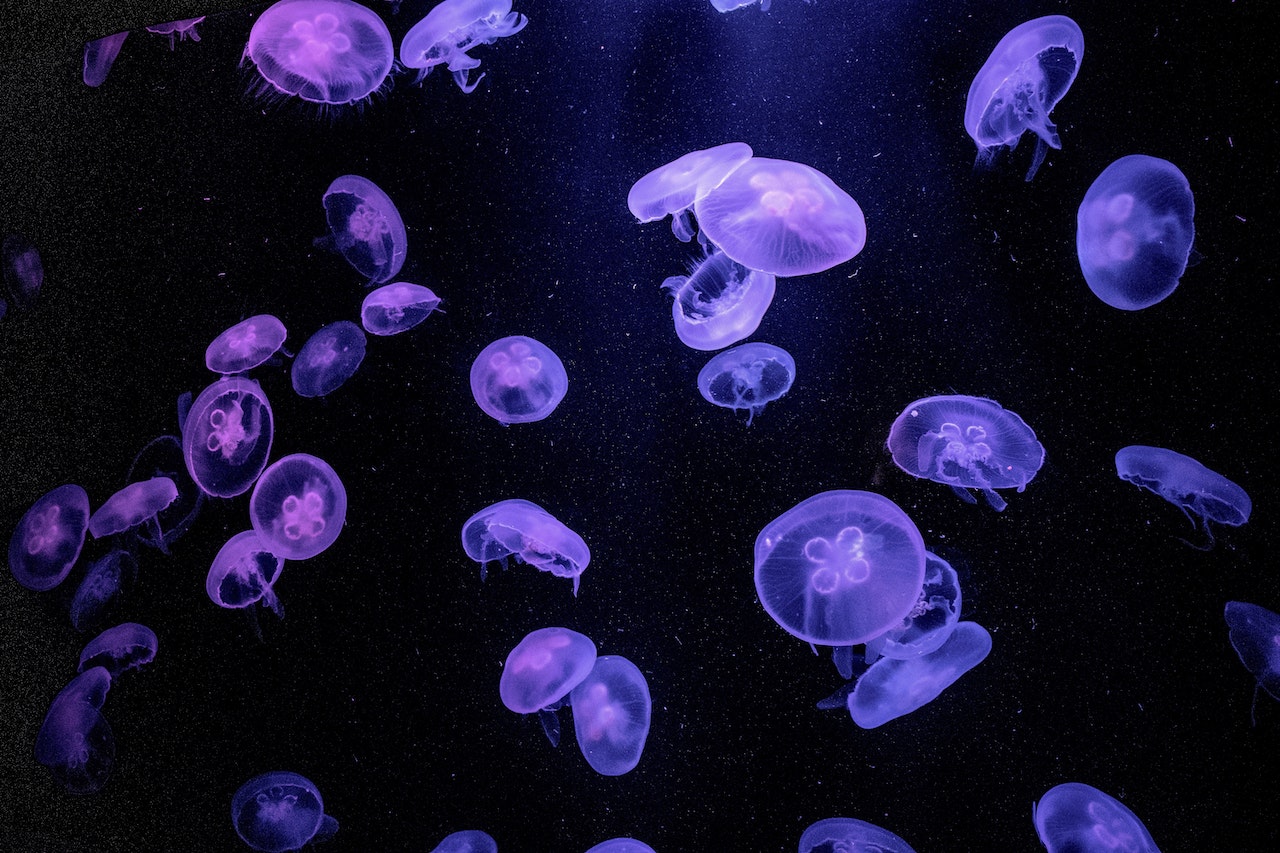
Box Jellyfish
2. Box Jellyfish: Among the various marine creatures that inhabit Hawaiian waters, the Box Jellyfish stands out due to its potent and painful sting. These transparent, cube-shaped jellyfish are not native to Hawaii but have become regular visitors to its shores. A unique and noteworthy behavior of the Box Jellyfish is their synchronized monthly appearance. Approximately 10 days after a full moon, swarms of these jellyfish can be found near the beaches, posing a heightened risk to swimmers and beachgoers. The reason for this timing is tied to their breeding cycle. While their stings are rarely fatal, they can cause severe pain, redness, and welts on the skin. Local authorities often issue warnings during these periods, advising caution. If stung, it’s recommended to rinse the affected area with vinegar and immerse it in hot water to alleviate the pain.
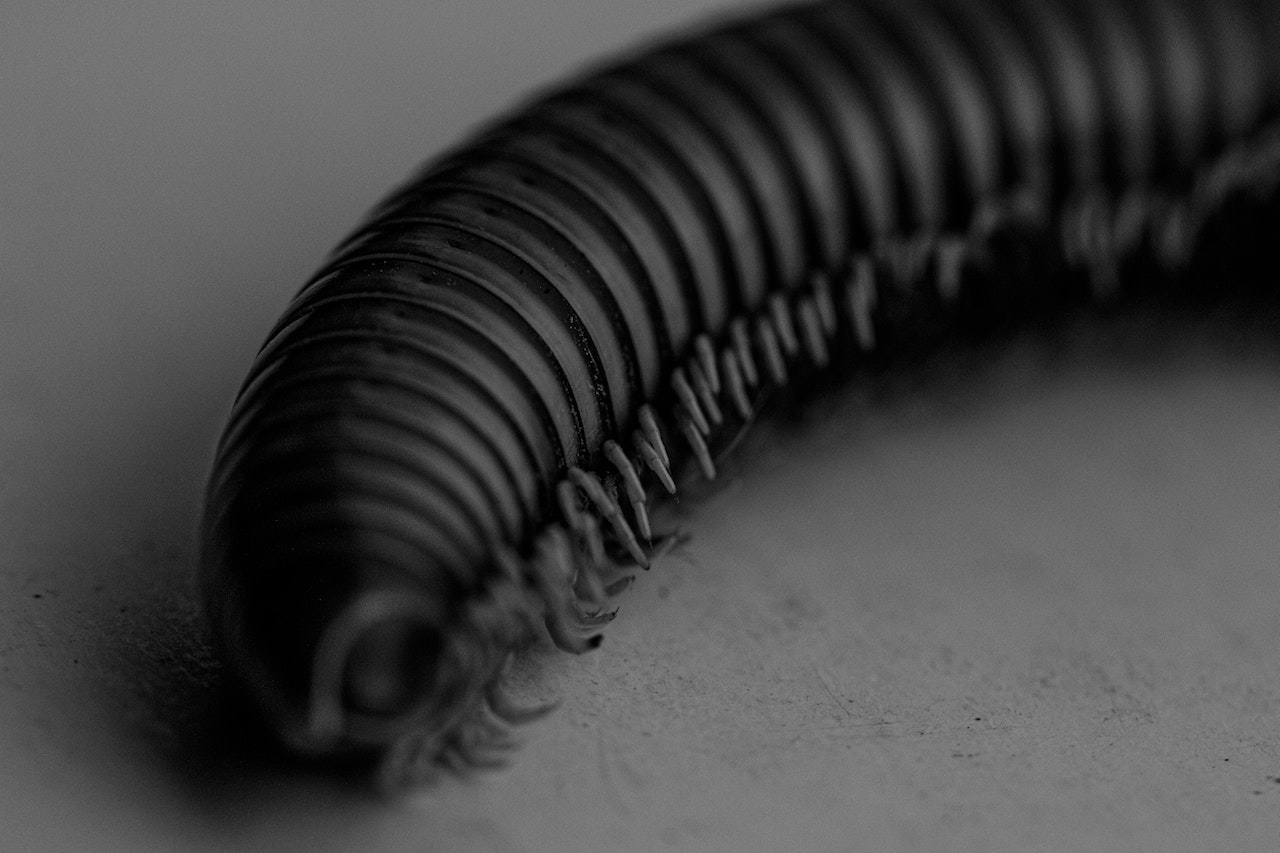
Centipedes
3. Centipedes: Centipedes are among the more elusive yet intriguing creatures that inhabit the Hawaiian Islands. The most notable species found in Hawaii is the large, venomous Scolopendra subspinipes or Hawaiian centipede. Growing up to 8 inches long, they sport a vibrant coloration, typically with a reddish or brownish hue, making them hard to miss when encountered. These nocturnal arthropods thrive in Hawaii’s tropical climate, often hiding under rocks, logs, or in damp areas during the day. While they play an essential role in the ecosystem by controlling pest populations, they are also known for their painful bite. When threatened or accidentally stepped on, the centipede can deliver a venomous bite that causes immediate pain, swelling, and, in some cases, more severe allergic reactions. While most bites are not life-threatening, they can be quite uncomfortable. It’s always advisable to exercise caution when in areas where these centipedes are known to reside and to seek medical attention if bitten, especially if the reaction is severe.
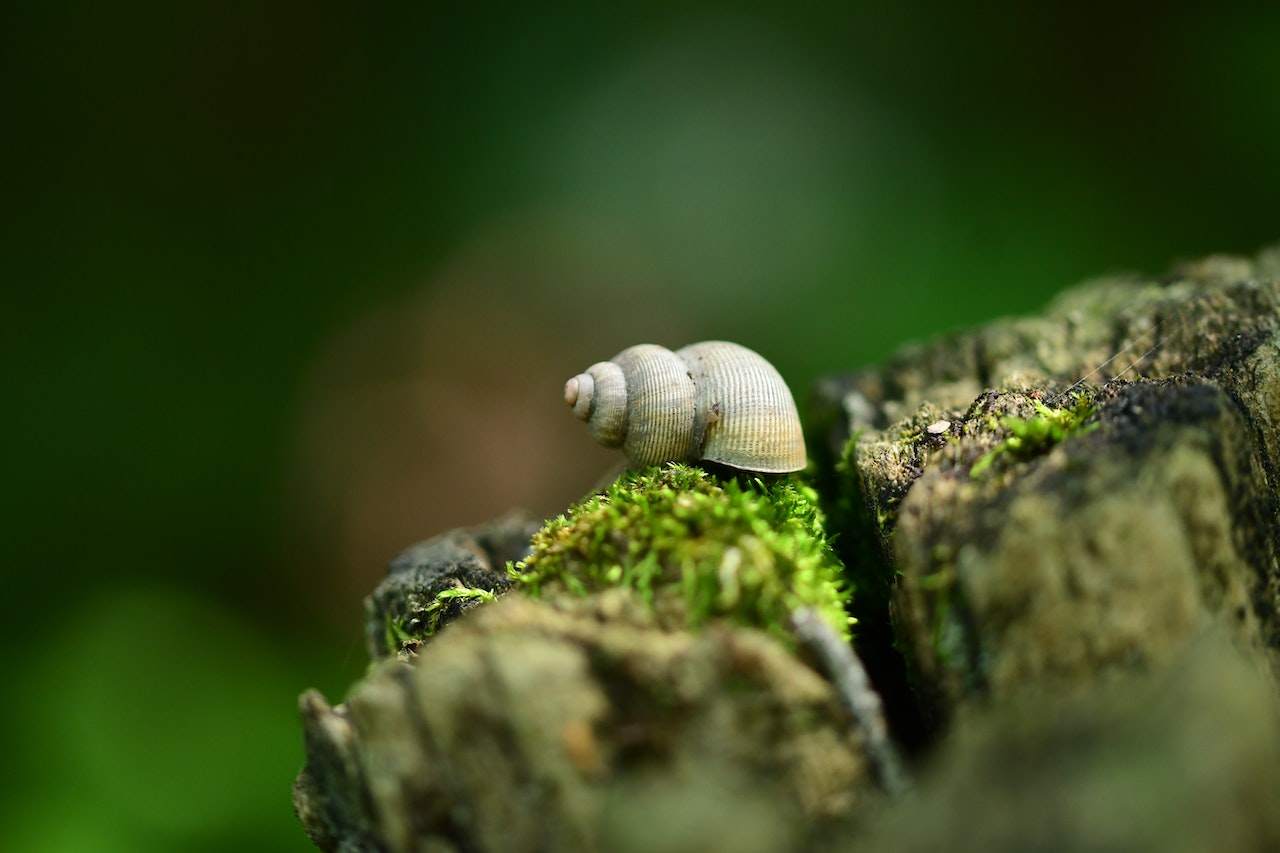
Cone Snail
4. Cone Snail: The waters of Hawaii are home to an array of vibrant marine life, and among the most deceptive yet fascinating creatures is the Cone Snail. At first glance, with their intricately patterned and colorful shells, they appear to be nothing more than beautiful sea ornaments. These shells are often sought after by beachcombers and divers alike for their aesthetic appeal. However, beneath this beauty lies a potent weapon. Cone Snails are predatory mollusks, and they use a specialized harpoon-like tooth to inject venom into their prey. While most species possess venom that’s harmless to humans, a few, especially the larger species, can deliver a sting potent enough to cause serious health issues. Symptoms can range from localized pain and swelling to, in rare instances, more severe reactions that can be life-threatening. Known as ‘conotoxin,’ the venom can affect the nervous system and requires prompt medical attention. Divers and beachgoers in Hawaii are advised to admire these creatures from a distance and avoid handling them to prevent any unwanted encounters.
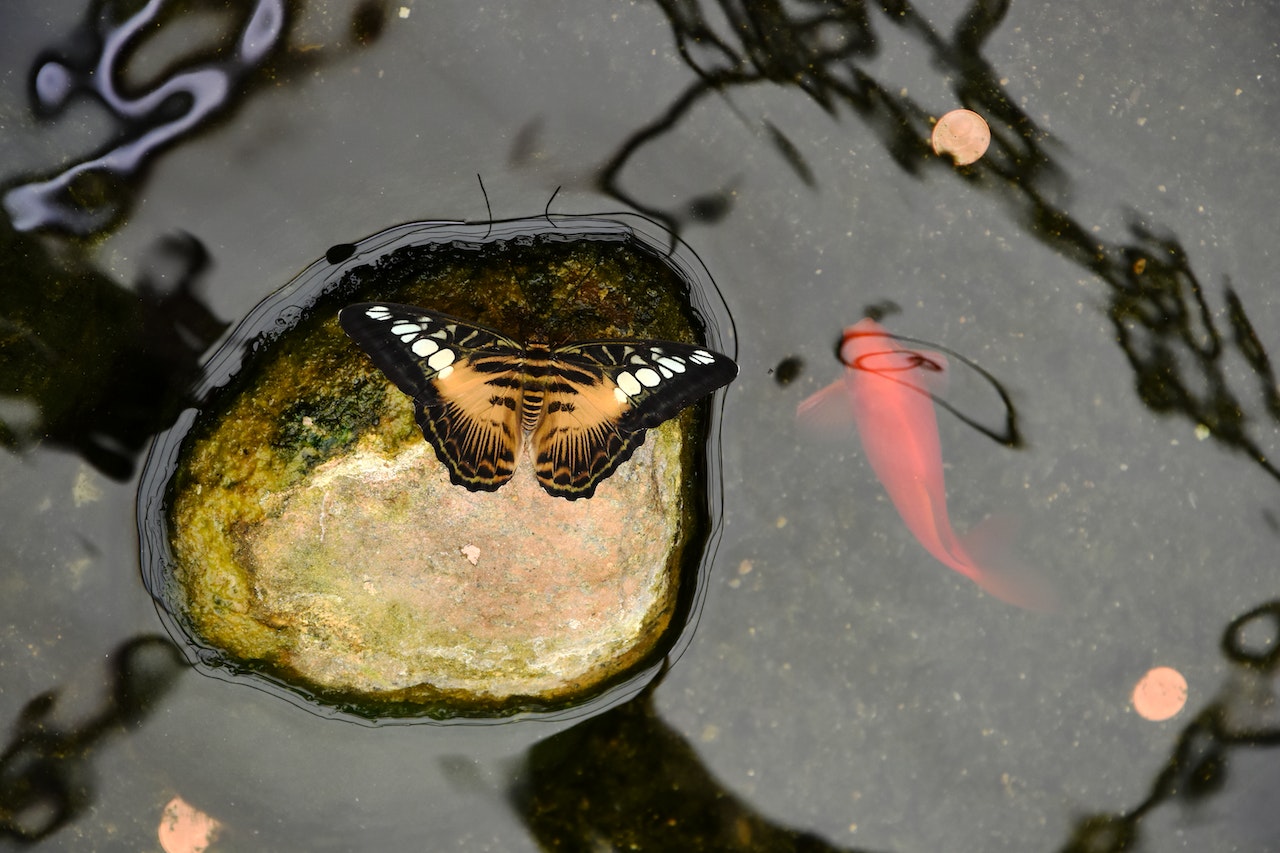
Stonefish
5. Stonefish: Among the myriad of marine creatures in Hawaii’s waters, the Stonefish stands out as an embodiment of nature’s deceptive beauty. With its rough, warty skin and an appearance akin to a rock or a piece of coral, the Stonefish is a master of camouflage. This remarkable adaptation not only aids it in ambushing its prey but also serves as a defense mechanism against potential predators. However, for unwary divers, snorkelers, or beachgoers, this camouflage poses a potential threat.
The Stonefish is renowned as the world’s most venomous fish. Along its dorsal fin are a series of sharp spines that can inject a potent venom when pressure is applied – like when accidentally stepped on. A sting from a Stonefish is extremely painful and can lead to severe health complications, including paralysis and, in rare cases, can be fatal if not treated promptly. Immediate medical attention is crucial, and victims are often advised to immerse the affected area in hot water to help neutralize the venom. While the Stonefish is not native to Hawaii, occasional sightings have been reported, making it essential for individuals to exercise caution when in or near the water.
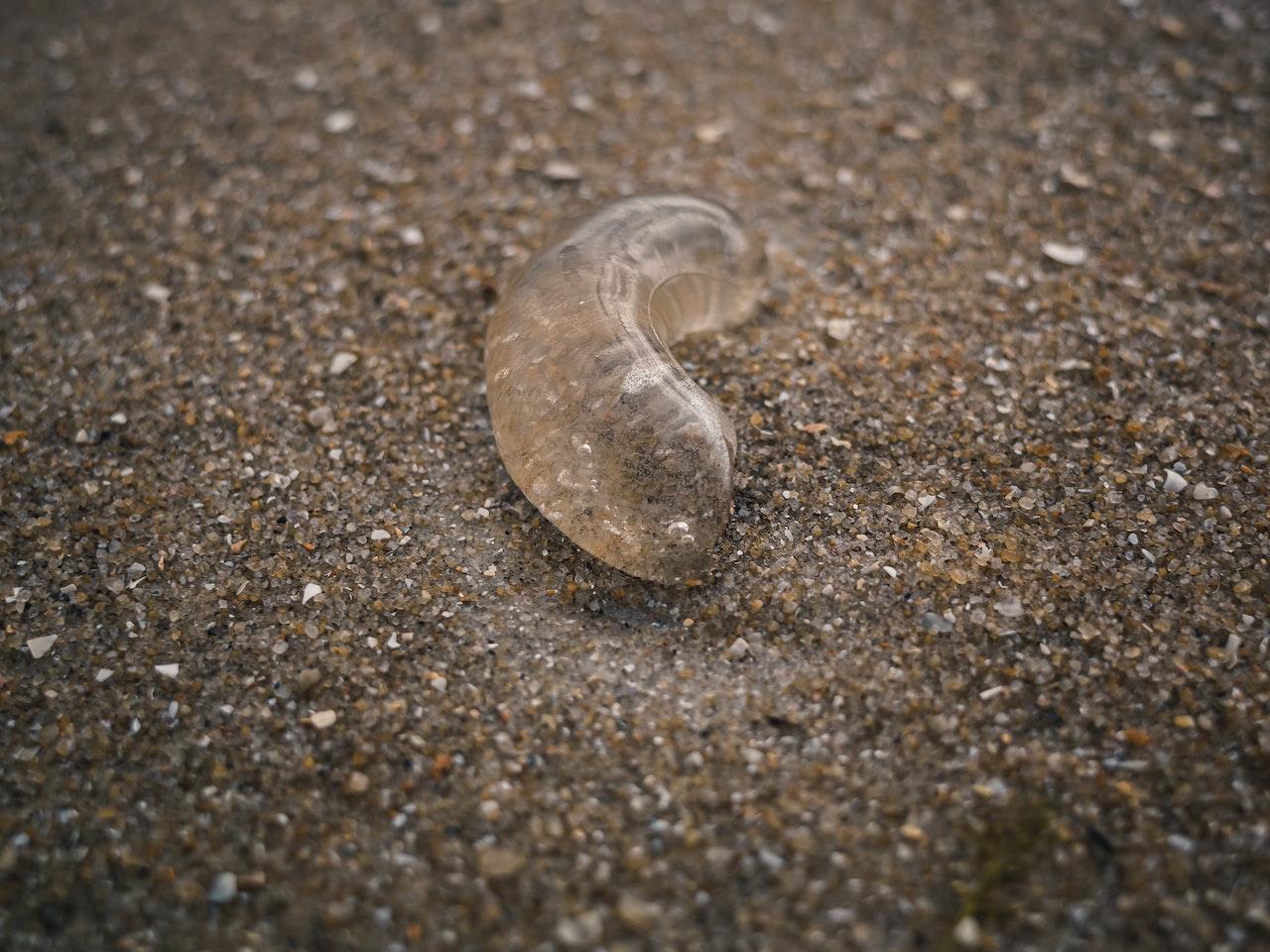
Man o War
6. Portuguese Man o’ War: Drifting gracefully with the ocean currents, the Portuguese Man o’ War presents a captivating sight with its translucent, balloon-like float and trailing tentacles. Often mistaken for a jellyfish, this marine creature is, in fact, a siphonophore – a colony of specialized polyps that work together as one organism. Its name is derived from its resemblance to a warship at full sail, a testament to its unique appearance. While it may seem harmless at first glance, the Portuguese Man o’ War is equipped with long tentacles that can stretch up to 30 feet, laden with venom-filled nematocysts.
When disturbed or brushed against, these tentacles can deliver a painful sting, causing intense pain, swelling, and in some cases, skin rashes. The sting can be particularly harmful to those with allergies or sensitivities, and immediate first aid, including rinsing with vinegar and soaking in hot water, is recommended. In Hawaiian waters, these creatures are sometimes pushed ashore by strong winds and currents, especially after storms, posing risks to beachgoers. It’s always advised to maintain a safe distance from washed-up Portuguese Man o’ Wars and to be cautious when swimming or snorkeling in areas where they are prevalent.
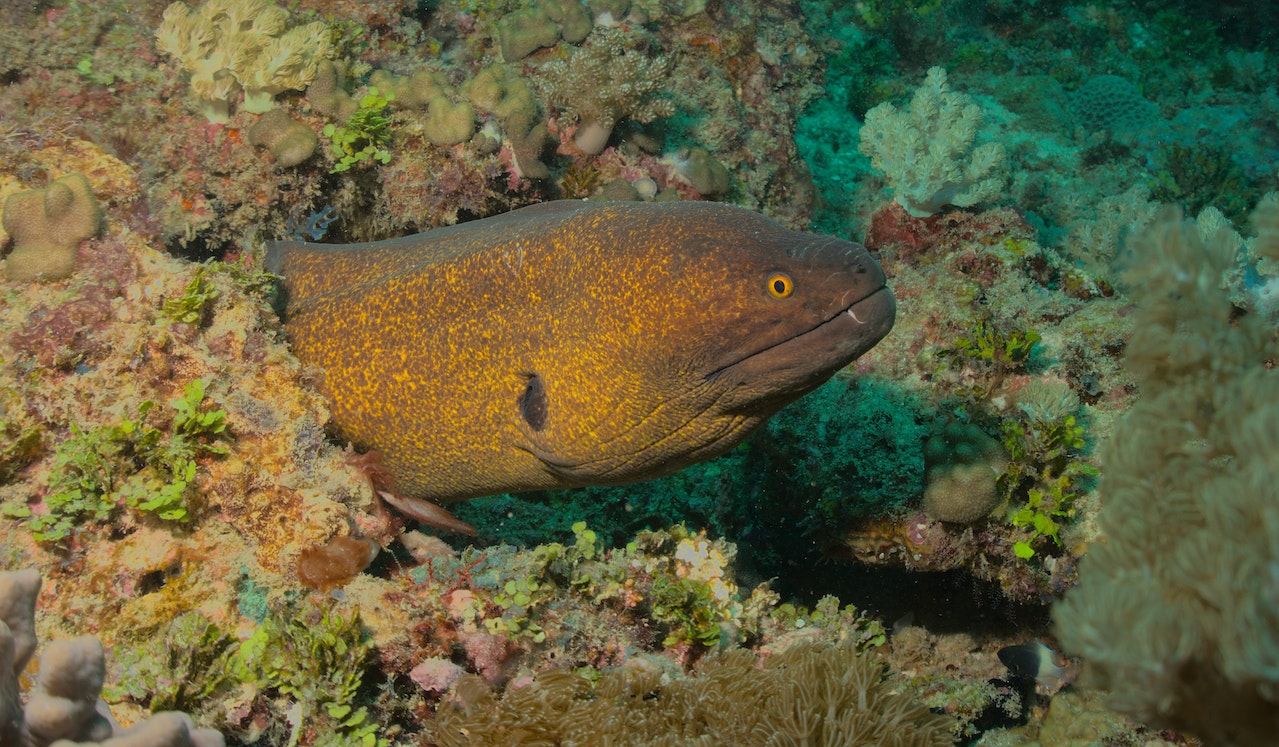
Eels
7. Eels: The mystical and often misunderstood eels are a captivating presence in the diverse marine ecosystem of Hawaii. With their slender, snake-like bodies and a wide array of colors and patterns, eels are a sight to behold for those diving or snorkeling in Hawaiian waters. Although there are various species, from the ribbon-like garden eels to the larger and more familiar moray eels, they all share certain behavioral traits. Eels are primarily nocturnal hunters, using the cover of darkness to venture out in search of small fish and crustaceans. They are one of the most dangerous animals in Hawaii.
During the day, they tend to seek refuge in crevices, caves, or beneath coral formations, with only their heads peeking out, waiting for potential prey to pass by. While eels are generally not known to be aggressive toward humans, they possess a formidable set of sharp teeth. If they perceive a threat or are accidentally cornered, they can deliver a defensive bite. For this reason, divers and snorkelers are always advised to observe eels from a safe distance, refraining from any attempts to touch or corner them. By respecting their space and understanding their behavior, one can marvel at these unique marine creatures without any adverse encounters.
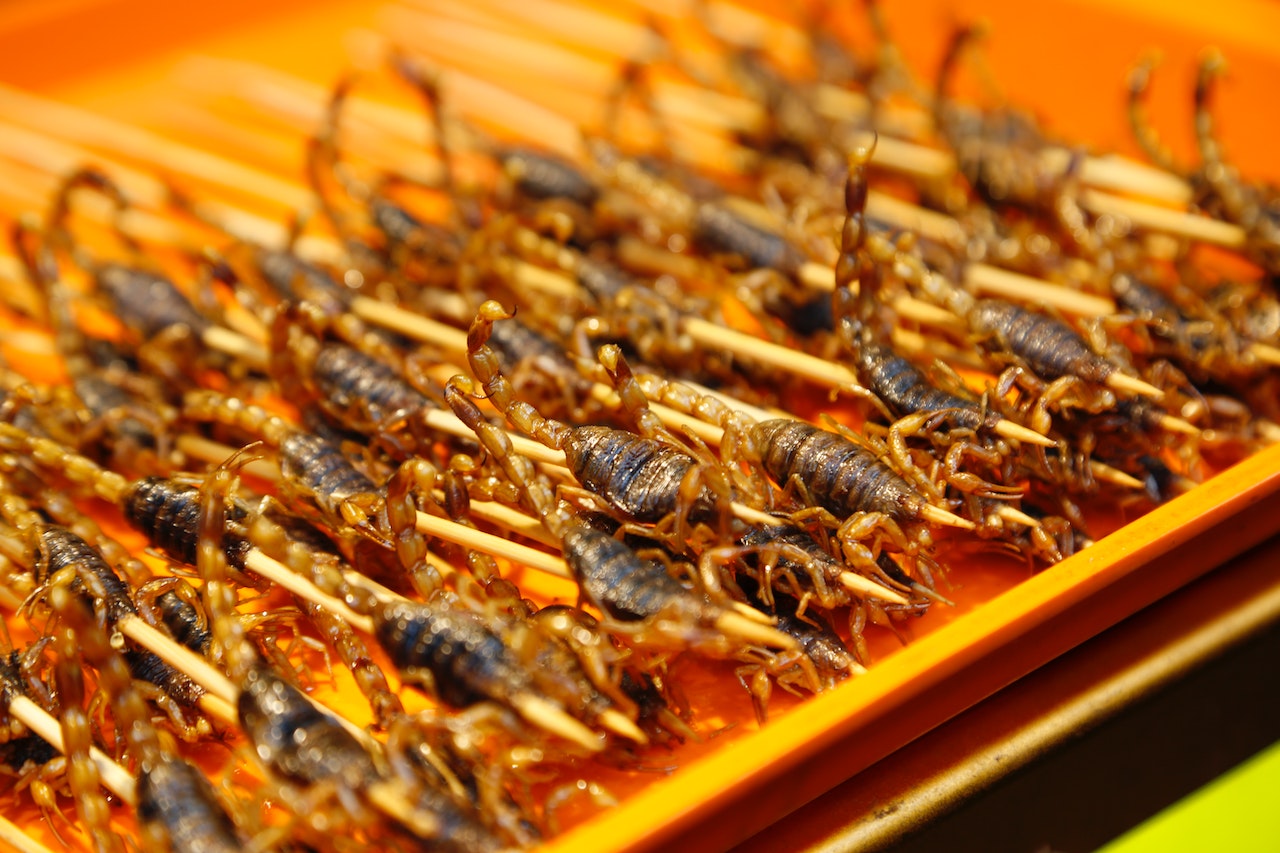
Scorpions
8. Scorpions: When one thinks of the Hawaiian islands, scorpions might not be the first creatures that come to mind. However, these arachnids have established a presence in the islands’ diverse ecosystems. Are scorpions on of the most dangerous animals in Hawaii? Hawaii’s scorpions, primarily the lesser brown scorpion, can be found hiding under rocks, in crevices, or amidst dense vegetation, especially in drier regions of the islands. Adapted to nocturnal lifestyles, they venture out during the night to hunt for insects, using their pincers and venomous stinger as primary tools for capturing prey. While the idea of scorpions might evoke fear or apprehension, it’s essential to note that Hawaii’s scorpions are not as venomous as some of their counterparts found in other parts of the world.
A sting from one of these scorpions can indeed cause pain, swelling, and redness, reminiscent of a bee sting, but it’s generally not life-threatening. However, individuals with allergies or sensitivities might experience more severe reactions and should seek medical attention if stung. As with any wildlife, the key is to exercise caution and respect. When exploring areas where scorpions might reside, it’s always a good practice to wear closed shoes and avoid placing hands under rocks or logs without checking first.
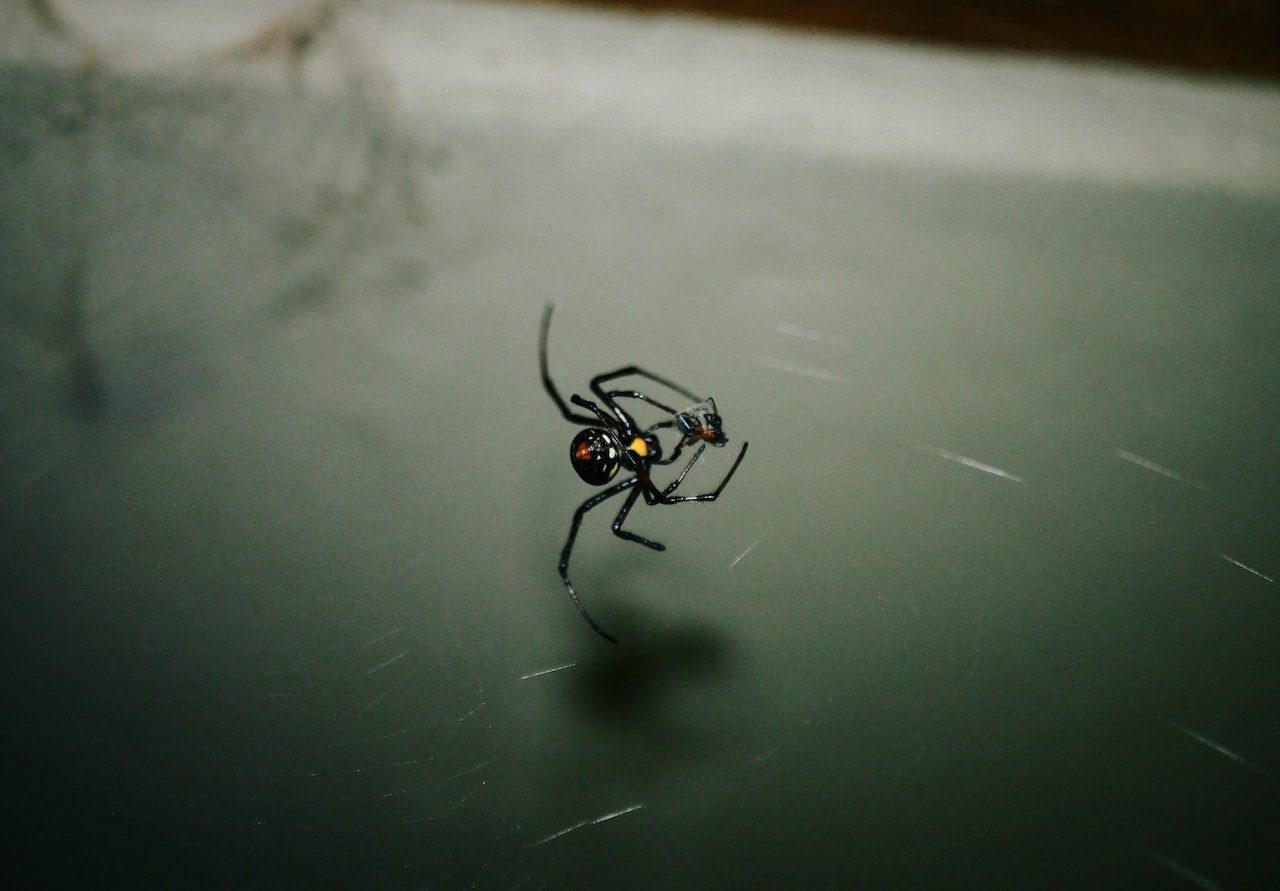
Black Widow Spider
9. Black Widow Spider: The Black Widow Spider, with its iconic glossy black body and the unmistakable red hourglass marking on its abdomen, is one of the most recognized and, often, feared spiders globally. In Hawaii, these spiders have found a niche, predominantly in undisturbed and secluded areas like sheds, garages, and piles of wood or rocks. Being nocturnal, Black Widows weave their intricate webs at night, lying in wait for unsuspecting prey such as insects and small arthropods. While they are naturally reclusive and prefer to avoid interactions, they can become defensive if they feel threatened or if their webs are disturbed. This is one of the most dangerous animals in Hawaii.
A bite from a Black Widow Spider injects venom that can cause localized pain, swelling, and in some cases, more systemic symptoms like muscle cramps, fever, and chills. While fatalities from a Black Widow bite are exceedingly rare, especially with prompt medical intervention, the discomfort and potential complications make it essential to seek medical attention if bitten. As a precaution, when in areas where these spiders might be present, it’s advisable to wear gloves, avoid reaching into dark or concealed spots without checking, and always be observant of one’s surroundings.

Mosquitos
10. Mosquitoes: Mosquitoes, often dismissed as mere annoyances, have a more sinister side in certain regions, including parts of Hawaii. These tiny, buzzing insects thrive in warm and humid environments, and the Hawaiian islands, with their tropical climate, offer an ideal habitat. Female mosquitoes, in their quest for blood to nurture their eggs, are the culprits behind those itchy bites we all dread. But beyond the immediate discomfort, there’s a more pressing concern. Some mosquitoes in Hawaii are vectors for diseases, which means they can transmit pathogens from one host to another. Of these diseases, dengue fever has been a notable concern.
Caused by a virus, dengue manifests as high fever, severe headaches, joint and muscle pain, and can be particularly debilitating. While the risk is relatively low, occasional outbreaks have emphasized the need for preventive measures. Residents and visitors are advised to use insect repellents, wear long sleeves and pants, and ensure their living spaces are equipped with screens or mosquito nets. Eliminating breeding grounds by reducing stagnant water sources is also crucial in controlling mosquito populations and, consequently, the diseases they may carry. Mosquitos are one of the most dangerous animals in Hawaii. Yes, insects are animals!
While Hawaii boasts an incredible array of wildlife, it’s always essential to exercise caution and respect all creatures, understanding the potential risks associated with them. Most of these animals will not harm unless threatened, so awareness and respectful distance are key.
Hawaiian Dangerous Animals – Frequently Asked Questions (FAQ)
1. Which are the most dangerous animals in Hawaii?
The most dangerous animals include certain species of sharks, jellyfish, and venomous insects and spiders.
2. How can I avoid shark attacks in Hawaii?
Avoid swimming at dawn or dusk, stay in groups, and avoid areas with fishing activity or dead fish.
3. Are there venomous snakes in Hawaii?
No, Hawaii does not have native venomous snakes. However, there have been occasional reports of illegal snakes being found.
4. How can I treat a jellyfish sting?
Rinse the area with vinegar, immerse in hot water, and seek medical attention if the reaction is severe.
5. Are centipede bites dangerous?
While painful, centipede bites are generally not life-threatening. However, allergic reactions can occur.
6. What precautions should I take while hiking to avoid dangerous creatures?
Stay on marked trails, wear appropriate footwear, and be cautious where you step or place your hands.
7. Are there dangerous spiders in Hawaii?
Yes, spiders like the Black Widow and Brown Recluse can be found in Hawaii and can deliver painful bites.
8. How common are shark attacks in Hawaii?
While shark attacks do occur, they are relatively rare given the number of people in the water daily.
9. Can mosquitoes in Hawaii transmit diseases?
Some mosquitoes can transmit diseases like dengue fever, but such outbreaks are relatively rare.
10. Which marine animals should I be cautious of while snorkeling or diving?
It’s essential to be wary of jellyfish, certain species of sharks, cone snails, and stonefish while in Hawaiian waters.

Scott Sweeney is the creator of Virtual Hawaii 360. Scott is a professional marketer and a lifelong Hawaii enthusiast. Scott splits time between Oahu and Dayton, Ohio. In addition to his marketing endevours, he is also a published Ukulele musician.

